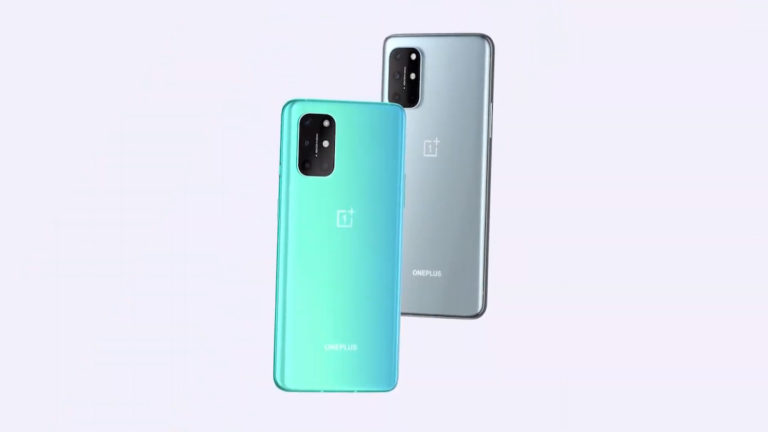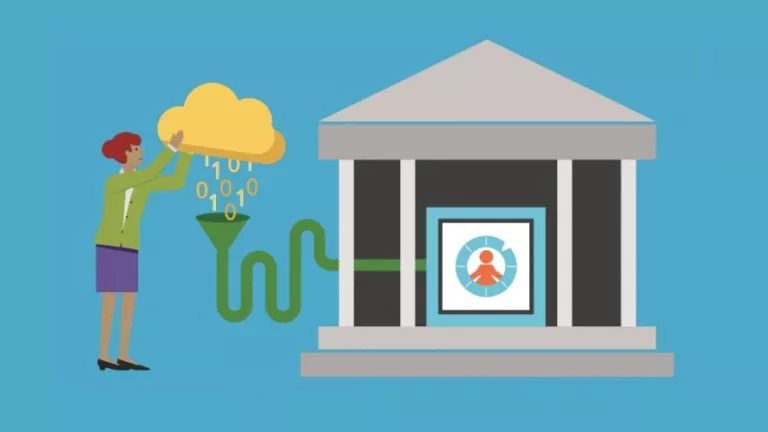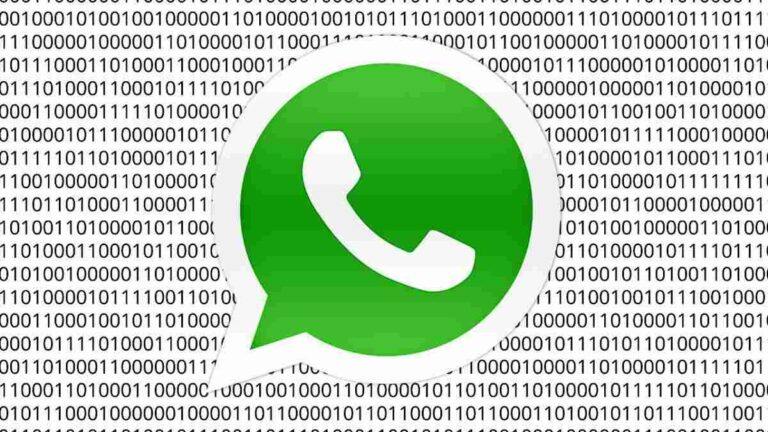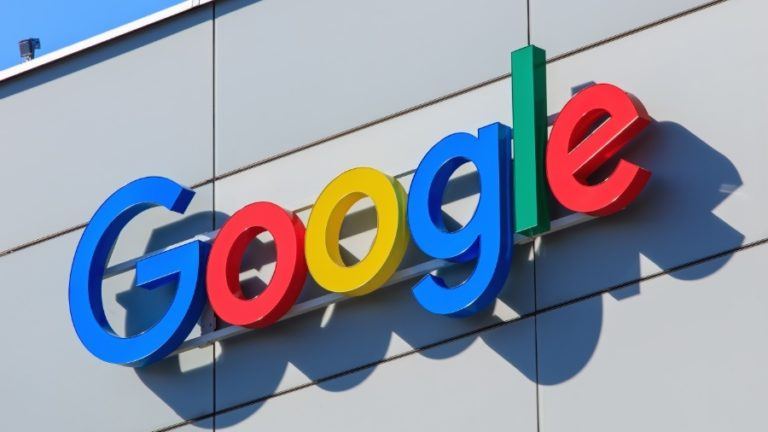Will Apple Ever Open Source FaceTime And Respect Steve Jobs’s Promise?
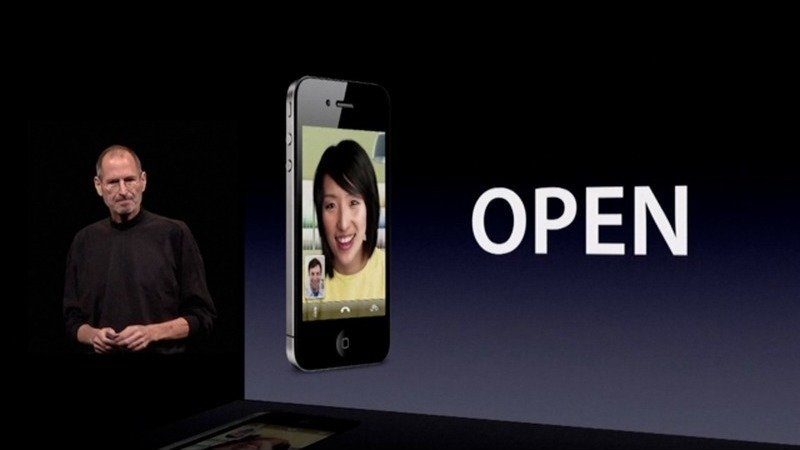
An interesting story on CNET has highlighted an old promise made by Steve Jobs. In 2010, while introducing FaceTime to the world, he promised to make it an open standard for the industry. Well, we all know that it hasn’t happened yet.
The piece by Sean Hollister also took inspiration from the fact that FaceTime will soon gain support to call 32 people at once. For existing Apple users, it’s a fantastic change. If you find yourself surrounded by Apple devices, you must be knowing that FaceTime is probably the best video calling service around. The new feature makes it even more useful.
But, will Apple ever open source FaceTime and make it an open standard? Is the company willing to help Windows and Android users ditch Skype and Hangouts mess altogether? If you’re aware of the company’s tactics to keep the users inside a closed ecosystem, you might be already knowing the answer.
Apple’s homegrown services like FaceTime, AirDrop, iMessage, Apple Music, Continuity, Photos, etc., which work great on Apple devices, are one of the primary reasons why people choose to remain inside the walled garden. There are numerous alternatives available in the market, but none of them work the way these services make Apple devices talk to each other.
Cupertino has brought Apple Music to Android, but I don’t see the same happening with other services — let alone open sourcing FaceTime.
Another reason could be an ongoing legal issue with patent troll VirnetX. This case forced Apple to rewrite code and add “relay servers” to help devices connect. As a result, if FaceTime becomes an open standard, Apple would need to charge companies for using its servers or ask them to use their own servers–something which is highly unlikely.
What is the real reason why Apple hasn’t open sourced FaceTime yet? Share your views and keep reading Fossbytes.
Also Read: How to Use Apple Music Web Player to Listen to Songs Online?

